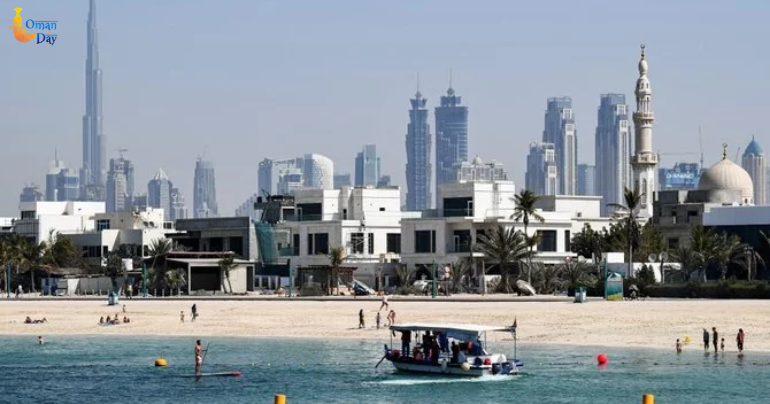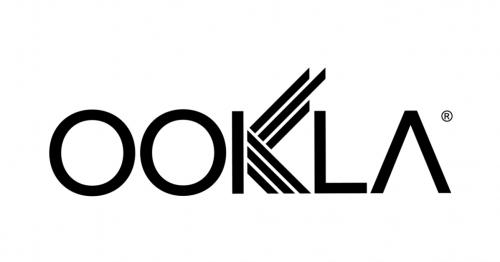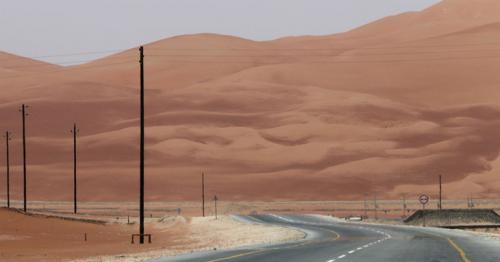Coronavirus could hurt Dubai’s tourism, raises Oman risks: S&P
DUBAI: Dubai’s hospitality industry faces the biggest risk in the Gulf region from travel restrictions triggered by the coronavirus outbreak, analysts at ratings agency S&P Global said on Monday.
All members of the Gulf Cooperation Council (GCC) — Saudi Arabia, the United Arab Emirates (UAE), Bahrain, Qatar, Oman and Kuwait — stand to suffer from the travel restrictions, but the business hub of Dubai could see the biggest impact, they said.
“Virus-related travel restrictions, if not lifted as we expect, could weigh on the GCC’s hospitality industry, but more so in Dubai, which received almost 1 million visitors from China in 2019,” the agency said.
Mohamed Damak, senior director, S&P Middle East & Africa, financial institutions, said there will certainly be an impact on visitors to the region, investments and potentially commodity prices if the virus is not contained by March and travel restrictions are not lifted.
In such a scenario the number of visitors expected to attend Dubai Expo 2020 will also drop, S&P said. Dubai hopes to attract 11 million foreign visitors for the six-month event that begins in October.
The virus has already killed more than 1,700 people and infected more than 70,000 and is yet to show convincing signs of peaking, with more than 2,048 new cases reported on Monday.
There have been nine confirmed cases of people diagnosed with the new coronavirus in the UAE. Most of those infected have been Chinese nationals.
Bankers attending a trade finance event in Dubai on Monday said coronavirus had not yet impacted trade flows in the Gulf but that corporates were starting to assess contingency plans in case Chinese exports are limited further over the coming months.
One local banker said banks had started seeing delays in documentation management for goods shipped from China to the UAE.
S&P analyst Zahabia Gupta said Oman’s economic downside risks were higher this year because of weaker oil demand and its exposure to China.
About 45 percent of Omani exports, mostly oil, go to China, making it the most exposed of the Gulf Arab states to developments in that country, said S&P. It forecast economic growth for Oman this year of 2.2 percent, up from an estimated 0.9 percent in 2019.
Fiscal deficits in the region will rise next year because of expected higher spending, lower oil prices and weak growth, Gupta said.
This year S&P expects oil prices to be around $60 a barrel and next year $55 a barrel.
tag: coronavirus , dubai , gulfregion , tourism , oman , omanday , analysts , hospitality , muscat
Share This Post






